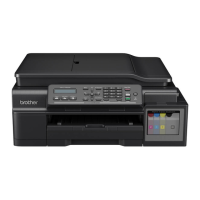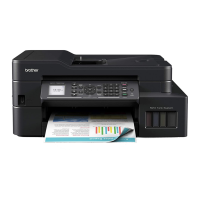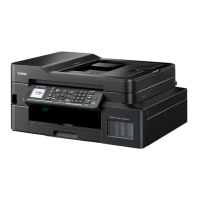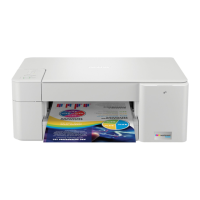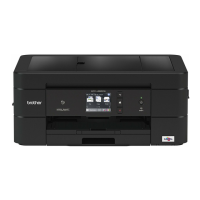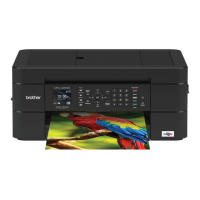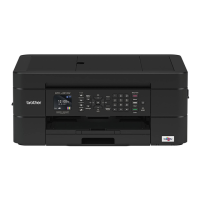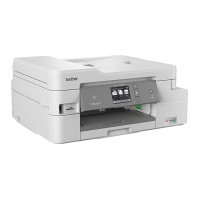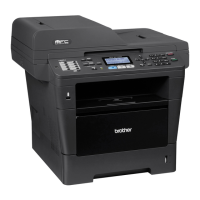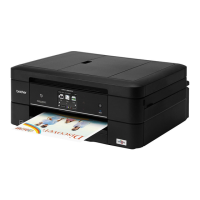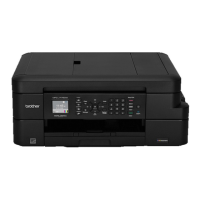Home > Security > Use IEEE 802.1x Authentication for a Wired or a Wireless Network > Configure IEEE
802.1x Authentication for a Wired or a Wireless Network Using Web Based Management (Web Browser)
Configure IEEE 802.1x Authentication for a Wired or a Wireless Network
Using Web Based Management (Web Browser)
• If you configure your machine using EAP-TLS authentication, you must install the client certificate issued
by a CA before you start configuration. Contact your network administrator about the client certificate. If
you have installed more than one certificate, we recommend writing down the certificate name you want to
use.
• Before you verify the server certificate, you must import the CA certificate that has been issued by the CA
that signed the server certificate. Contact your network administrator or your Internet Service Provider
(ISP) to confirm whether a CA certificate import is necessary.
You can also configure IEEE 802.1x authentication using:
• BRAdmin Professional (Wired and wireless network)
• Wireless setup wizard from the control panel (Wireless network)
• Wireless setup wizard on the installation disc (Wireless network)
1. Start your web browser.
2. Type "https://machine's IP address" in your browser's address bar (where "machine's IP address" is the
machine's IP address).
For example:
https://192.168.1.2
• If you are using a Domain Name System or enable a NetBIOS name, you can type another name, such
as "SharedPrinter" instead of the IP address.
For example:
https://SharedPrinter
If you enable a NetBIOS name, you can also use the node name.
For example:
https://brnxxxxxxxxxxxx
The NetBIOS name can be found in the Network Configuration Report.
• For Mac, access Web Based Management by clicking the machine's icon on the Status Monitor
screen.
3. If the machine prompts you for a password, type it, and then click .
4. Click the Network tab.
5. Do one of the following:
Option Description
Wired network Click the Wired tab, and then select Wired 802.1x Authentication in the left navigation
bar.
Wireless network Click the Wireless tab, and then select Wireless (Enterprise) in the left navigation bar.
6. Configure the IEEE 802.1x authentication settings.
409
